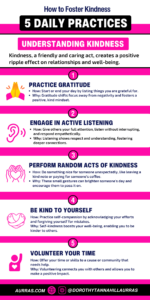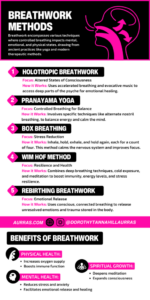Have you ever wondered why some people seem annoyingly zen while you’re still wrestling with your monkey mind? Primordial Sound Meditation might be your ticket to joining their ranks – minus the annoying part. This ancient practice offers something uniquely powerful: a meditation technique explicitly tuned to you.
Think of Primordial Sound Meditation (PSM) as your personal cosmic ringtone – except instead of announcing another work email, it’s tuning you into deeper consciousness. It’s a specific type of mantra meditation where you receive a sound based on where and when you were born. Yes, really.
What Makes It Special?
Unlike your typical “om” session, PSM uses a calculated sound specific to the position of the moon when you took your first breath. It’s like cosmic astrology meets sound science, but with actual benefits instead of vague horoscope predictions.
The practice involves:
- Receiving your personal mantra (no, you can’t Google it)
- Sitting quietly for about 30 minutes
- Silently repeating your sound
- Letting your thoughts float by like clouds
- Not beating yourself up when your mind wanders (because it will)

The Science Behind the Woo
Before you roll your eyes at the moon connection, let’s talk biology. When you meditate with sound, particularly one that resonates with your personal vibration, you’re:
- Activating your parasympathetic nervous system
- Reducing stress hormones
- Improving brain coherence
- Enhancing mind-body connection
It’s like giving your nervous system a spa day, minus the cucumber water and awkward robes. Want to dive deeper into the science? Check out our article on how sound frequencies affect your body and mind.
How It Differs from Other Meditations
PSM isn’t your garden-variety meditation. While mindfulness has you watching your thoughts like a tennis match, and transcendental meditation uses standardized mantras, PSM is more like having a custom-fitted meditation suit.
The practice is:
- Personalized to your birth time and location
- Silent (no chanting out loud)
- Structured yet flexible
- Deeply rooting in ancient Vedic traditions
- Modern in its application
Getting Started
You can’t DIY this one, folks. To receive your personal primordial sound, you’ll need instruction from a certified teacher. They’ll calculate your sound based on your birth details and teach you the proper technique.
The basic routine involves:
- Meditating twice daily (ideally)
- Finding a quiet, comfortable spot
- Closing your eyes
- Using your personal mantra
- Not posting your mantra on social media (seriously, keep it to yourself)
Why You Might Love It
If you’re tired of apps telling you to “just breathe” or counting your breaths until you’re more stressed than when you started, PSM offers a different approach. It’s less about forcing your mind into submission and more about giving it a natural path to quietude. Learn more about the mystery and science of healing frequencies.
The Real Talk
Let’s be honest – no meditation practice is a magic bullet. PSM won’t turn you into a levitating guru overnight. But what it will do is give you a reliable tool for:
- Stress reduction
- Enhanced self-awareness
- Better sleep
- Improved focus
- A calmer response to life’s chaos
Think of it as your personal reset button, minus the need to turn yourself off and on again.
The bottom line? Primordial Sound Meditation isn’t just another wellness trend to add to your already overwhelming self-improvement list. It’s a time-tested practice that happens to work particularly well for people who think they “can’t meditate.” (Spoiler alert: everyone can meditate, some just haven’t found their groove yet.)
Ready to explore more about meditation and sound healing? Learn more about the science behind sound healing and how it can transform your daily practice.






